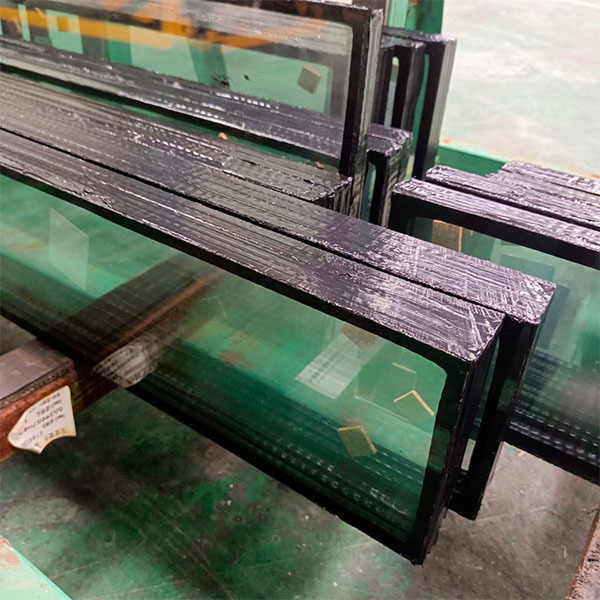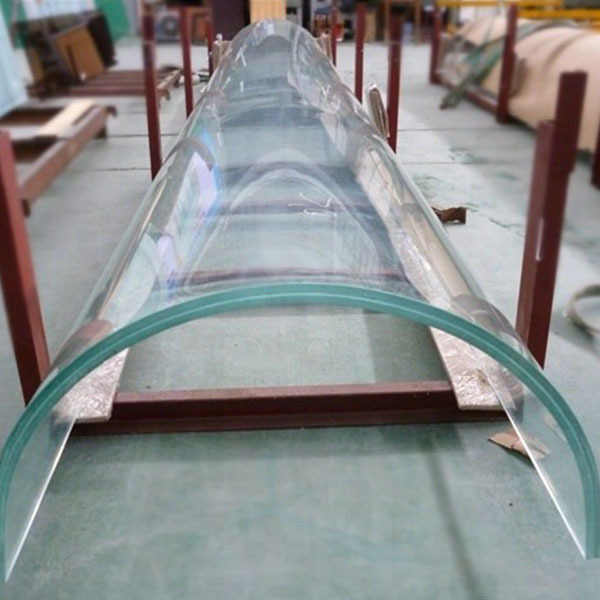Understanding the Benefits and Applications of Insulated Glass in Modern Architecture
Release Time:
2025-10-21
Insulated glass, also known as double or triple glazing, consists of two or more glass panes separated by a space that is filled with air or gas. This design significantly improves thermal insulation and soundproofing, making it a popular choice in modern construction. One of the primary advantages of insulated glass is its energy efficiency. By minimizing heat transfer, insulated glass helps main
Insulated glass, also known as double or triple glazing, consists of two or more glass panes separated by a space that is filled with air or gas. This design significantly improves thermal insulation and soundproofing, making it a popular choice in modern construction. One of the primary advantages of insulated glass is its energy efficiency. By minimizing heat transfer, insulated glass helps maintain stable indoor temperatures, which can lead to reduced energy consumption for heating and cooling. Consequently, this can lower energy bills and contribute to a more sustainable environment.
Another noteworthy benefit of insulated glass is its noise reduction capabilities. The air or gas-filled space between the panes acts as a barrier to sound, which is particularly advantageous in urban settings where external noise can be a significant concern. This property makes insulated glass an ideal solution for residential buildings, hotels, and offices located in high-traffic areas, providing occupants with a quieter and more comfortable living or working environment.
In addition to energy efficiency and soundproofing, insulated glass is also highly versatile in terms of design. It can be customized to various shapes, sizes, and finishes, allowing architects and designers to achieve their creative visions while maintaining functionality. The aesthetic appeal of insulated glass can enhance the overall look of a building, making it an attractive option for both modern and traditional architectural styles.
Moreover, advancements in technology have led to the development of low-emissivity (low-E) glass, which offers even greater energy efficiency by reflecting infrared light while allowing visible light to pass through. This technology not only improves insulation but also enhances natural lighting within spaces, creating a bright and inviting atmosphere.
When considering insulated glass for construction projects, it is essential to pay attention to factors such as the spacer material used, the type of gas filling, and the overall thickness of the glass panes. Each of these elements can impact the performance and durability of the insulated glass units. Consulting with professionals in the field can ensure that the right specifications are chosen to meet specific project requirements.
In summary, insulated glass is a crucial element in modern building design, offering a myriad of benefits, including energy efficiency, sound reduction, and design versatility. By understanding its properties and applications, architects and builders can make informed decisions that contribute to the functionality and sustainability of their projects, ultimately enhancing the quality of life for occupants.
Another noteworthy benefit of insulated glass is its noise reduction capabilities. The air or gas-filled space between the panes acts as a barrier to sound, which is particularly advantageous in urban settings where external noise can be a significant concern. This property makes insulated glass an ideal solution for residential buildings, hotels, and offices located in high-traffic areas, providing occupants with a quieter and more comfortable living or working environment.
In addition to energy efficiency and soundproofing, insulated glass is also highly versatile in terms of design. It can be customized to various shapes, sizes, and finishes, allowing architects and designers to achieve their creative visions while maintaining functionality. The aesthetic appeal of insulated glass can enhance the overall look of a building, making it an attractive option for both modern and traditional architectural styles.
Moreover, advancements in technology have led to the development of low-emissivity (low-E) glass, which offers even greater energy efficiency by reflecting infrared light while allowing visible light to pass through. This technology not only improves insulation but also enhances natural lighting within spaces, creating a bright and inviting atmosphere.
When considering insulated glass for construction projects, it is essential to pay attention to factors such as the spacer material used, the type of gas filling, and the overall thickness of the glass panes. Each of these elements can impact the performance and durability of the insulated glass units. Consulting with professionals in the field can ensure that the right specifications are chosen to meet specific project requirements.
In summary, insulated glass is a crucial element in modern building design, offering a myriad of benefits, including energy efficiency, sound reduction, and design versatility. By understanding its properties and applications, architects and builders can make informed decisions that contribute to the functionality and sustainability of their projects, ultimately enhancing the quality of life for occupants.



